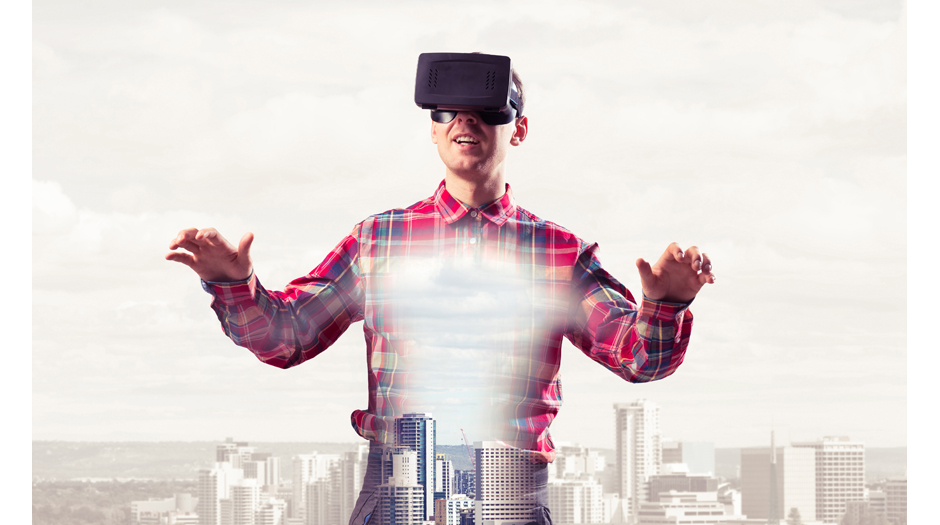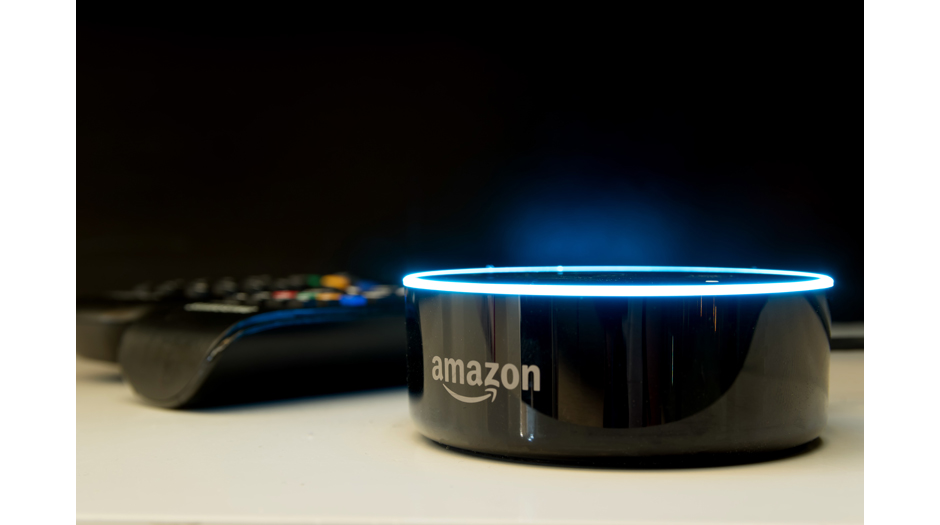Consumer Electronics & Media
Mixed reality headsets market to surpass $35 billion by 2024
Published
6 years agoon
By
BXP Staff
According to Global Market Insights, Inc., the mixed reality headsets market is expected to grow at a significant rate. In its report, “Mixed Reality Headsets Market Size by Technology,” Global Market Insights forecasted the mixed reality headsets market is anticipated to surpass $35 billion U.S. by 2024 and shipments are forecasted to grow at around 30%. The firm noted that 200 training centers of the retail giant Walmart are planning to incorporate the virtual reality (VR) platform by the end of 2017 to train employees. The employees will use Oculus Rift headsets to train on different real-world scenarios.
The rising need of retailers to inspire their customers through augmented reality and VR video marketing is expected to propel the mixed reality headsets market growth. For instance, the Oreo Wonder Vault VR campaign takes users through the facility where its cookie flavors are conceived. According to YuMe, a video advertising company, emotional attachment to a brand increased by 27% in a VR experience. Also, the customer engagement duration is far higher for VR content, which will propel the mixed reality headsets market growth significantly.
Increasing technological advancements and innovations in the products are compelling the  manufacturers to sell the products at premium prices making them much less affordable for customers across several industries and consumers in the gaming sector. However, with the increasing number of players entering the mixed reality headsets market and rising commercialization of AR and VR devices, the prices are expected to witness gradual decline making them affordable, thereby increasing the adoption rate.
manufacturers to sell the products at premium prices making them much less affordable for customers across several industries and consumers in the gaming sector. However, with the increasing number of players entering the mixed reality headsets market and rising commercialization of AR and VR devices, the prices are expected to witness gradual decline making them affordable, thereby increasing the adoption rate.
AR devices are expected to grow at the highest growth rate in the mixed reality headsets market, due to its ability to overlay information on reality. These devices are gaining popularity due to applications across healthcare, automotive and industrial sectors. Smart glasses will witness high adoption owing to the low costs and high degree of convenience offered, as compared to HMDs. The usage of these devices in day-to-day applications is increasing gradually, with the growing need to get the right information when required, thereby driving the mixed reality headsets market growth.
Travel and tourism is one of the growing sectors in the mixed reality headsets market. The companies in the sector are attracting the potential travelers to visit the destination in VR. For instance, in 2015, Marriott used VR experience to teleport travelers to a top skyscraper in London or to one of the beaches in Hawaii. The hotel chain is also testing its VRoomService, in which the guests will be able to use GearVR to view postcards from places including Rwanda, Chile, and Beijing. Moreover, these devices are being progressively used in the industrial manufacturing processes, owing to the growing need to increase performance efficiency and reduce costs in the long run. With the advent of Industry 4.0 and smart manufacturing, the adoption of mixed reality headsets market is projected to grow rapidly.
Advertisement
AI Voted ANA Marketing Word of the Year For 2017
The ANA (Association of National Advertisers) has named AI [artificial intelligence] the marketing word of 2017.
The word was chosen from a list of finalists determined by ANA staff, and voting was done online during the week of November 27, 2017; 403 ANA members participated.
Representative verbatim comments from those who voted for Artificial Intelligence included:
- 2017 was the year that AI moved from being this weird, misunderstood term on the periphery
 of marketing consciousness to this weird, somewhat understood term spiraling closer to the epicenter of marketing, on an unavoidable collision course with our daily lives and jobs.
of marketing consciousness to this weird, somewhat understood term spiraling closer to the epicenter of marketing, on an unavoidable collision course with our daily lives and jobs. - It’s not just the marketing word of the year. It’s the transformative phenomenon that’s going to reshape the world as we now know it.
- AI has gone from something to think about to real-world development and implementation.
Examples of artificial intelligence include cognitive computing, e.g., IBM’s Watson, driverless cars, voice-enabled digital assistants, e.g., Amazon’s Alexa, Apple’s Siri, Google Now, and recommendation engines. A good example of the latter is Amazon, which uses algorithms based on data including a user’s purchase history, items in the shopping cart, items rated and liked, and what other customers have viewed and purchased. Artificial intelligence is also used in marketing automation, programmatic ad buying, chat bots and customer service.
Other top choices in the 2017 Marketing Word of the Year voting were transparency (the 2016 Marketing Word of the Year), content marketing (the 2015 Marketing Word of the Year), and influencer.

SPONSORED VIDEO
Branding with Ferocity – Thinking Like an Indie Brand
Get a better understanding on how to leverage new technologies to engage and delight shoppers, sustainability’s role in product and package design – being sustainable and premium are not mutually exclusive, plus best practices and tips for collaboration and how to launch new products and refresh existing product line-ups and brands.
You may like
Advertisement
Subscribe

BULLETINS
Get the most important news and business
ideas from BXP Magazine's news bulletin.
Advertisement







